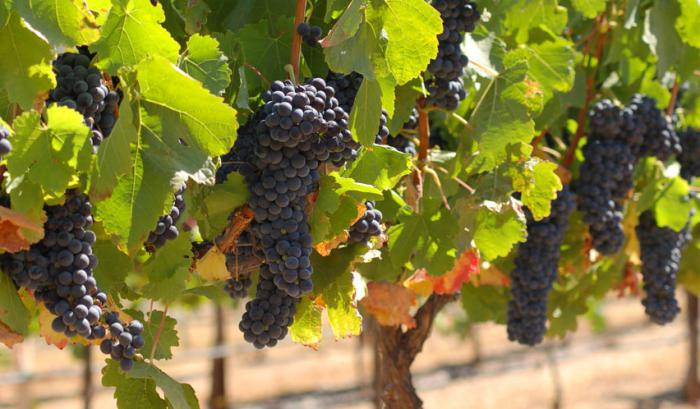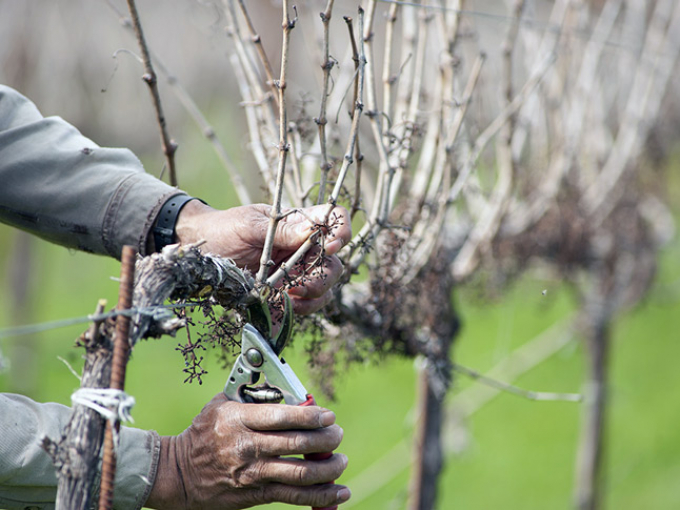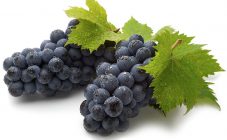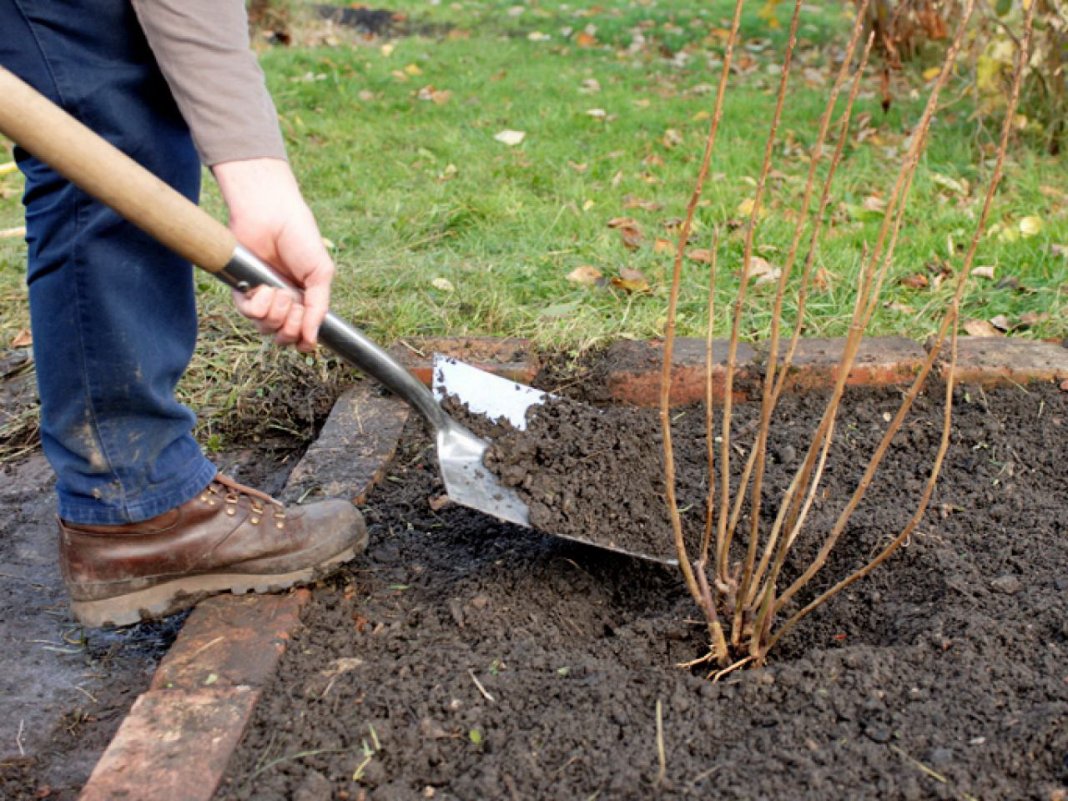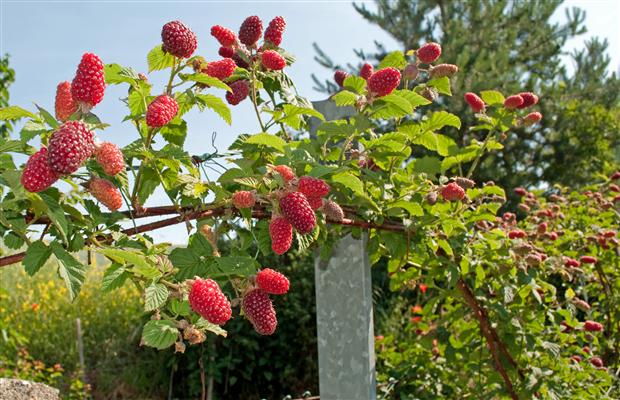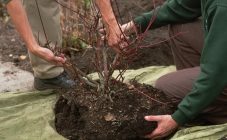Content:
Grapes can be safely called a universal berry, the range of its use is quite wide. The sweet and juicy berries of this plant are a wonderful treat that can replace many confectionery products. They are used to make raisins, jams, juices and compotes. Finally, the best wines are made from grapes.
Growing grapes is a serious test for the gardener, even in the regions of Central Russia. And nevertheless, this thermophilic culture has taken root well in Bashkortostan, although the climate of this republic, it would seem, should in no way contribute to the development of viticulture. Summers are short here and can be moderately warm or hot. Winter is long and very cold.
Snow cover in the republic is already established in the first decade of November. The land is freed from snow in the middle, or even at the end of April. The last frosts usually occur at the end of May, sometimes they occur in the first decade of June. If the very first autumn frost occurs in the first half of September, this does not surprise anyone. In other years, this happens already at the end of August.
The soil types widespread in Bashkiria also do not contribute to the cultivation of such a delicate plant as grapes. Sod-podzolic, sod-calcareous and gray forest soils are most often found in the republic. You can grow a good harvest here only if you plant zoned varieties and hybrids specially bred by breeders for this region.
These varieties must be characterized primarily by the following qualities:
- early maturity;
- resistance to temperature extremes and other adverse weather factors;
- high productivity.
In order to choose the right variety or hybrid that would meet all these requirements, seedlings for the future vineyard are best purchased at a selection center. This center is located in the Kushnarenkovsky experimental garden, on the territory of the Research Institute of Agriculture. Among all the varieties and hybrids bred in this farm, Alexander, Yubileiny, Bashkirsky, May-3 are very popular among winegrowers. All these varieties are distinguished by an early ripening period and excellent frost resistance.
The size of the bunch of Bashkir early grapes does not cause much delight, but since it has a very early ripening period and excellent winter hardiness, it can often be found in the gardens of Bashkortostan. Even a beginner who first decided to grow grapes on his site can count on success if he chooses this variety.
Among the hybrids, one can distinguish P-65, P-81 and No. 342. These varieties have a larger cluster size, they reach a weight of half a kilogram.
How to plant grapes in Bashkiria
With the availability of zoned varieties and compliance with a simple technology, it is quite possible to grow grapes in Bashkiria. Agrotechnology for breeding this culture is available even to a novice gardener. The basis of the future harvest with this technology is laid in the spring. During this period, the gardener will have to perform all the basic operations.
The best time to plant grapes in the North is May.If this is done in the fall, as is usually the case in more southern regions, insufficiently rooted seedlings are likely to freeze in winter.
Planting is carried out by cuttings or seedlings of two years of age, while the following requirements must be met:
- the distance between bushes of the same row should not be less than one meter;
- the rows should be directed from north to south;
- the distance between the rows is not less than 0.3 m;
- the size of the landing pit should be 0.55 × 0.55 m, the depth should be about 60 cm;
- if the groundwater is shallow, the future vineyard needs to provide good drainage.
Spring vineyard care
If you want to grow grapes in Bashkiria, spring care is key.
To get a guaranteed harvest, at this time it is necessary to carry out such activities as:
- irrigation of the vineyard,
- trimming,
- weeding and loosening of the soil.
The spring work season in the vineyard should be opened as soon as the snow melts.
Watering
As practice shows, the yield of irrigated plots is much higher in comparison with non-irrigated plantings. The first spring watering plays a special role here. This is a charge of moisture for the entire coming summer period. This watering is desirable before bud break and active sap flow.
The amount of watering in spring will depend on soil moisture. Excessive watering will be accompanied by the displacement of air from the soil, which can lead to rotting of the root system. Even in the presence of a well-functioning drainage system, it is not worthwhile to get carried away with watering, since excess water washes out previously introduced mineral and organic fertilizers from the soil.
Pruning and breaking off
In Bashkortostan, it is best done in spring. At this time, it is easy to distinguish live shoots from dead ones. Young plants are also pruned at this time. Pruning is done when the air temperature reaches +3 degrees, before sap flow begins, otherwise the pruning sites will drag on for a long time and the vine will be in a depressed state for a long time.
Excess shoots begin to break off immediately after the buds have blossomed. The buds are removed from the perennial part of the vine, as well as twins and tees formed on fruit shoots. By the end of spring, in May, all excess aerial growth from the roots is removed.
Working with soil
Weeding and loosening the soil in the vineyard not only prevents surface roots, but also helps to retain moisture in the soil and aerate it. In the spring, at the base of the bush, you can make a depression of about 15 cm. This will increase the gap between the bunch and the soil and will help to retain moisture.
If in the fall the soil between the rows was not dug up and did not equal, this can be done in the spring, when the earth dries out.
Interest in viticulture in Bashkiria has been manifested for a long time, the culture has considerable prospects in this region. The high air temperature in summer even gives some advantage over regions with a milder climate.
